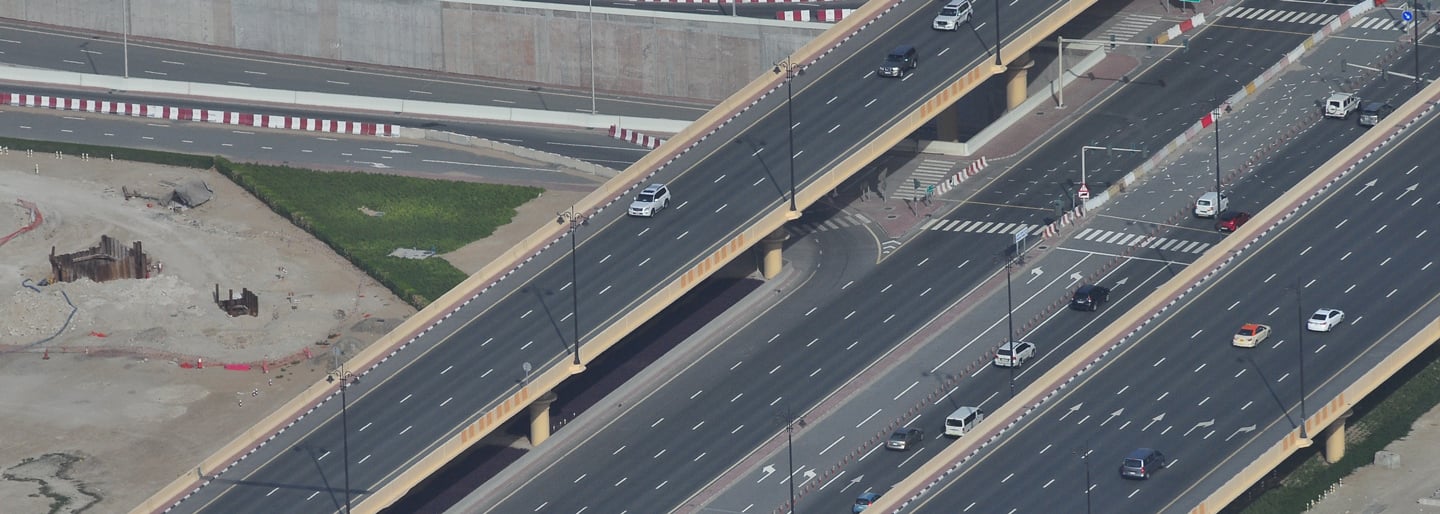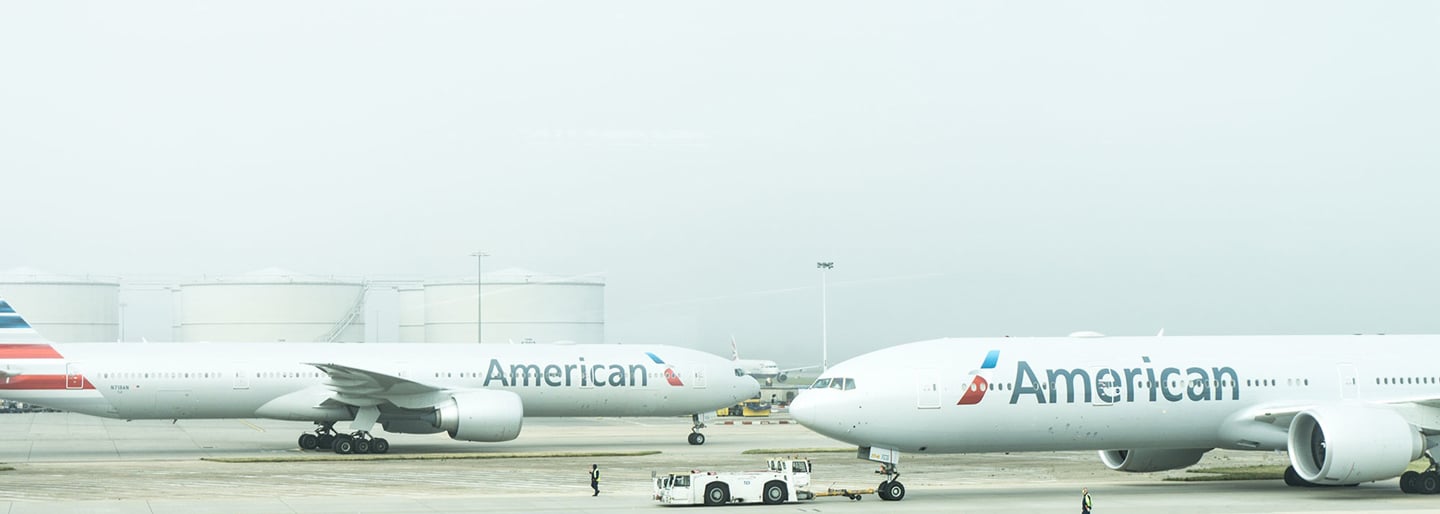There are five physical and two documentation steps, which must take place in the shipping process for every single shipment moving from shipper to consignee in international trade. As each step has costs associated, it is important to agree between the parties who is responsible for which part, before the shipment takes place.
Export Haulage
The transfer of the goods from the shipper’s premises to the forwarder’s origin warehouse is called export haulage. It is typically by means of truck or a combination of truck and train, and typically takes from a few hours to weeks, depending on distance and geography.
The responsibility for the arranging and paying of the export haulage depends on the agreement between the shipper and the consignee. If the agreement is that the consignee has responsibility for the shipment right from the shipper’s premises, it is the consignee’s responsibility to arrange export haulage. If the agreement is that the consignee takes responsibility anytime later in the shipping process, the arrangement for export haulage is the responsibility of the shipper.

For Incoterms EXW (ex works) and FCA factory (free carrier), export haulage is the responsibility of the consignee. Learn more about Incoterms under International Transportation.
If it is your responsibility to arrange for export haulage, and your freight forwarder does not offer this service, you can choose to arrange for it yourself or buy it from a local transportation company. If you arrange it yourself, you can bring the shipment to the freight forwarder’s origin warehouse where you hand it over to the forwarder, and save the cost of export haulage. Arranging export haulage with a local transporter or doing it yourself would usually only be possible if you have local experience or presence in the local market. Otherwise, it would be recommended to agree with the shipper to arrange for export haulage.

Export Customs Clearance
Export customs clearance is required by authorities in the country of origin for registration of cargo leaving the country. The export customs clearance is performed by a licensed customs house broker, and requires submission of a declaration detailing the cargo and supporting documents (e.g. Chinese Export Licens). The supporting documents differ from country to country, but the freight forwarder will be able to inform you of exactly which documents are required.
It should be agreed between shipper and consignee who is responsible for arranging customs clearance. For export customs clearance, it would normally be the shipper who would either use the forwarder selected for the international transportation or nominate a customs house broker directly. In the odd case where the consignee is to arrange export customs clearance, it would normally make sense to request the forwarder to arrange it unless the consignee has local experience or presence in the origin market. Alternatively, the consignee could request the shipper to arrange for export customs clearance.
Origin Handling
Origin handling comprises a number of activities performed by the freight forwarder or his agent. It starts with cargo receiving where the cargo is unloaded from the truck it arrives on and put in a staging area where it is counted and inspected. The cargo is validated against the booking details and the forwarder’s cargo receipt is issued to the shipper documenting that the cargo has been received for shipping.

Origin handling of a LCL container
The cargo will then be placed in a stack in the origin warehouse for consolidation with other shipments intended to load into one container for the same destination port.
A few days before vessel departure, the shipments are stuffed into the shipping line’s container, and the container trucked to the port. At the port, the container is stacked together with other containers intended to load on the same ship, and finally loaded when the ship is ready in the port.
It is always the freight forwarder contracted for the international shipping who is responsible for performing the origin handling. The payment for the origin handling, however, can either be by the shipper or the consignee depending on what has been agreed between them.
If the cargo was sold on EXW (ex works) or FCA (free carrier) terms, payment for the origin handling would normally be the responsibility of the consignee. If the cargo is sold FOB (free on board), CNF/CIF (cost and freight) or DDU (delivered duty unpaid), its origin handling is normally for the shippers account. If the origin handling is not charged together with the ocean freight, it is typically charged at the time of cargo receipt and must be settled prior to loading of the cargo at the origin port.

Ocean Freight
A shipping line performs the ocean freight under a contract of carriage with the freight forwarder. The container could be shipped on multiple vessels with transshipments in different ports, just like when a passenger is using public transportation, changing from one bus to another. The house bill of lading issued by the freight forwarder might state the vessel and voyage the cargo is intended to load on. That would refer to the first leg and is not necessarily the vessel carrying the cargo all the way to its destination port.
It is not necessary for a shipper or consignee of a less than container load shipment to know which ship the cargo is on board, but if you are interested, you can consult the shipping lines’ website to see whether you can find your connection.
The shipping line charges the ocean freight and relevant surcharges directly to the freight forwarder. The freight forwarder then breaks up the cost and charge freight and surcharges in relevant proportions to customers with cargo in the container. When assessing a freight rate from a forwarder, it is a good idea to ensure that all surcharges and extra costs are included. The freight rates you find from freight forwarders on Transporteca will always include all surcharges.

Import Customs Clearance
Authorities in the destination country require import customs clearance for all cargo moving into the country. It is a declaration of type of goods and value which is used for registration and levying any duty payments. The import customs clearance is the process of preparing and submitting the declaration and the required documentation to customs authorities. It is not the same as customs duty, which is the duty levied on the goods imported, normally paid directly by the consignee to the relevant customs or tax authorities.
The import customs clearance process can usually start before the cargo arrives at the destination, and needs to be completed before the cargo enters the country. Cargo is considered as entering the country when it crosses the border and leaves a customs bonded area.
A freight forwarder, his agent or a nominated customs house broker is able to perform the import customs clearance, as long as they hold a valid license. The party performing the import customs clearance would need to receive all the required documents to initiate the process. Normally the process can be initiated with scanned copies of the documents, but some authorities do require originals before they are able to complete the process. You need to check with your freight forwarder or the customs house broker to learn exactly which documents are required.
Unless the cargo is sold on DDP terms (delivered duty paid), it is the responsibility of the consignee to arrange and pay for the import customs clearance. Often it is easiest to nominate the freight forwarder or the agent of the freight forwarder at destination to perform the customs clearance, as they will anyway have all the documents needed available. If they do not offer this service, they will be able to recommend a customs house broker who can assist.

Destination Handling
Destination handling comprises a number of activities performed at the destination office of the freight forwarder. It starts with receiving documents from the freight forwarder’s office or agent at origin, checking the documents and submitting the original carrier bill of lading to the shipping line. Then the container is collected at the port and brought to the destination warehouse where it is un-stuffed and the cargo is inspected and sorted either for onwards transportation or collection by the consignee.
It is always the freight forwarder or the agent of the freight forwarder who is responsible for carrying out the destination handling. The reason is that it has to be the party, which the shipping container is consigned to, as he is the only one who can collect the container from the port.
Either the shipper or the consignee pays destination handling. If the commercial terms are DDU or DDP (delivered duty unpaid / paid), it is the responsibility of the shipper to pay all costs associated with bringing the cargo to the consignee’s premises, including destination handling. For other commercial terms, such as EXW, FCA, FOB or CNF/CIF (ex works, free carrier, free on board, cost and freight / cost insurance freight), the destination handling would be for the account of the consignee. If the destination handling is paid by the same party who buys the ocean freight, it can either be charged together at the same time, or it can be charged any time before the cargo is being dispatched from the destination warehouse.

Import Haulage
The transfer of the cargo from the import warehouse to the consignee address and the cargo’s final destination is referred to as import haulage. It would usually be by truck or a combination of truck and train, and can take from a few hours to many days, depending on the distance and the geography.
Import haulage can either be performed by the freight forwarder anyway handling the international ocean freight or by a local trucking company. Alternatively, the consignee might decide to collect the cargo himself or herself directly at the destination warehouse and save the cost of import haulage. If the freight forwarder is performing the import haulage, it would either be with own trucks or by using a third party trucking company. So the consignee cannot always expect to see representation from the freight forwarder when taking delivery of cargo at their premises.
The import haulage might be via multiple hubs, where the forwarder is optimizing the truckloads to make as efficient a distribution as possible. Some forwarders offer tracking of all these movements, but at the end of the day, what matters is the agreement on when the cargo will be delivered rather than the routing.
Unless the commercial terms are DDU/DDP (delivered duty unpaid/paid), the import haulage would normally be on the account of the consignee. At times it can be a benefit to use the freight forwarder for import haulage too, in which case the shipment would simply be a door delivery, and the forwarder would be responsible for the entire transportation to the door of the consignee. Note in this case customs duties will still need to be settled separately for the forwarder to complete the import haulage.
If the freight forwarder is not able to offer import haulage, there are usually many options available in the local market. Either the agent of the freight forwarder can recommend trucking companies, or the consignee might already have experience with certain providers. Otherwise it is about calling a transportation company, which has strength in the local market, that can usually be researched online.

Who Pays What?
The door-to-port transportation service covers all transportation costs from the door of an address you specify in the origin country to the seaport at destination. There are no transportation charges for the shipper to settle when the forwarder picks up the cargo. Any local charges for cargo handling at destination will be charged directly to the consignee before the cargo can be collected at the forwarder’s warehouse.
The door-to-warehouse transportation service covers all transportation costs from the door of an address you specify in the origin country to the forwarder’s warehouse at the destination. There are no transportation charges for the shipper to settle when the forwarder picks up the cargo, and no transportation charges for the consignee to settle when collecting the cargo at the forwarder’s warehouse.
This could for example be relevant if you are an importer buying your goods on EXW terms, and would like to pick-up the cargo from the forwarder’s import warehouse yourself.
The door-to-door transportation service covers the entire transportation from the door of an address you specify in the origin country to the door of an address you specify in the destination country. There are no additional transportation charges for the shipper to pay when the forwarder picks up the cargo, and no additional transportation charges for the consignee to pay when the forwarder delivers the cargo.
This could for example be relevant if the goods are traded on EXW, DDU or DDP terms or if it simply is an intercompany shipment.
The warehouse-to-port transportation service covers all freight and surcharges, and local charges at origin. There are no transportation charges for the shipper to settle when handing over the cargo at the forwarder’s origin warehouse. Any local charges for cargo handling at destination are charged directly to the consignee before the cargo can be collected at the forwarder’s destination warehouse.

This could for example be relevant if you are the exporter selling on CIF or CNF terms and would like to handle export haulage yourself, or if you are the importer buying on FCA terms and would like to handle import haulage yourself.
The warehouse-to-warehouse transportation service covers all freight and surcharges, and local charges at both origin and destination. There are no transportation charges for the shipper to settle when handing over the cargo at the forwarder’s origin warehouse, and there are no transportation charges for the consignee to settle upon collection of the cargo at the forwarder’s destination warehouse.
This could for example be relevant if you are the exporter selling on DPU terms and would like to handle export haulage yourself or if you are the importer buying on FCA terms and would like to handle the import haulage yourself.
The warehouse-to-door transportation service covers all transportation costs from the forwarder’s warehouse at origin to an address you specify in the destination country. There are no transportation charges for the shipper to settle when handing over the cargo at the forwarder’s origin warehouse and no transportation charges for the consignee to settle when the cargo is delivered.
This could for example be relevant if you are the exporter selling on DDU or DDP terms and would like to handle the export haulage yourself, or the importer buying on FCA terms.
The port-to-port transportation service covers all freight and surcharges from the origin seaport to the destination seaport. The local charges for cargo handling at origin are charged directly to the shipper when the cargo is handed over at the forwarder’s origin warehouse. The local charges for cargo handling at destination are charged directly to the consignee before collecting the cargo at the forwarder’s destination warehouse.

This could for example be relevant if you are the exporter selling on CNF or CIF terms and would like the handle the export haulage yourself, or the importer buying on FOB terms and would like to handle the import haulage yourself.
The port-to-warehouse transportation service covers all freight and surcharges, and local charges at destination. The local charges for cargo handling at origin are charged directly to the shipper when the cargo is handed over at the forwarder’s origin warehouse. There are no transportation charges for the consignee to settle when collecting the cargo at the forwarder’s destination warehouse.
This could for example be relevant if you are the importer buying on FOB terms and would like the handle theimport haulage yourself.
The port-to-door transportation service covers the entire transportation from the seaport at origin to the door of an address in the destination country. The local charges for cargo handling at origin are charged directly to the shipper when the cargo is handed over at the forwarder’s origin warehouse. There are no transportation charges for the consignee to settle when the cargo is delivered in the destination country.
This could for example be relevant if you are the importer buying of FOB terms and would like the cargo delivered at your door.
The customs clearance service is optional and available for selection if the forwarders offer this service in the trade you are searching for. Read more about Export Customs Clearance and Import Customs Clearance under Shipping Process to learn what alternatives you have if you do not buy customs clearance directly from the forwarder.
Read more about Shipping rates here.